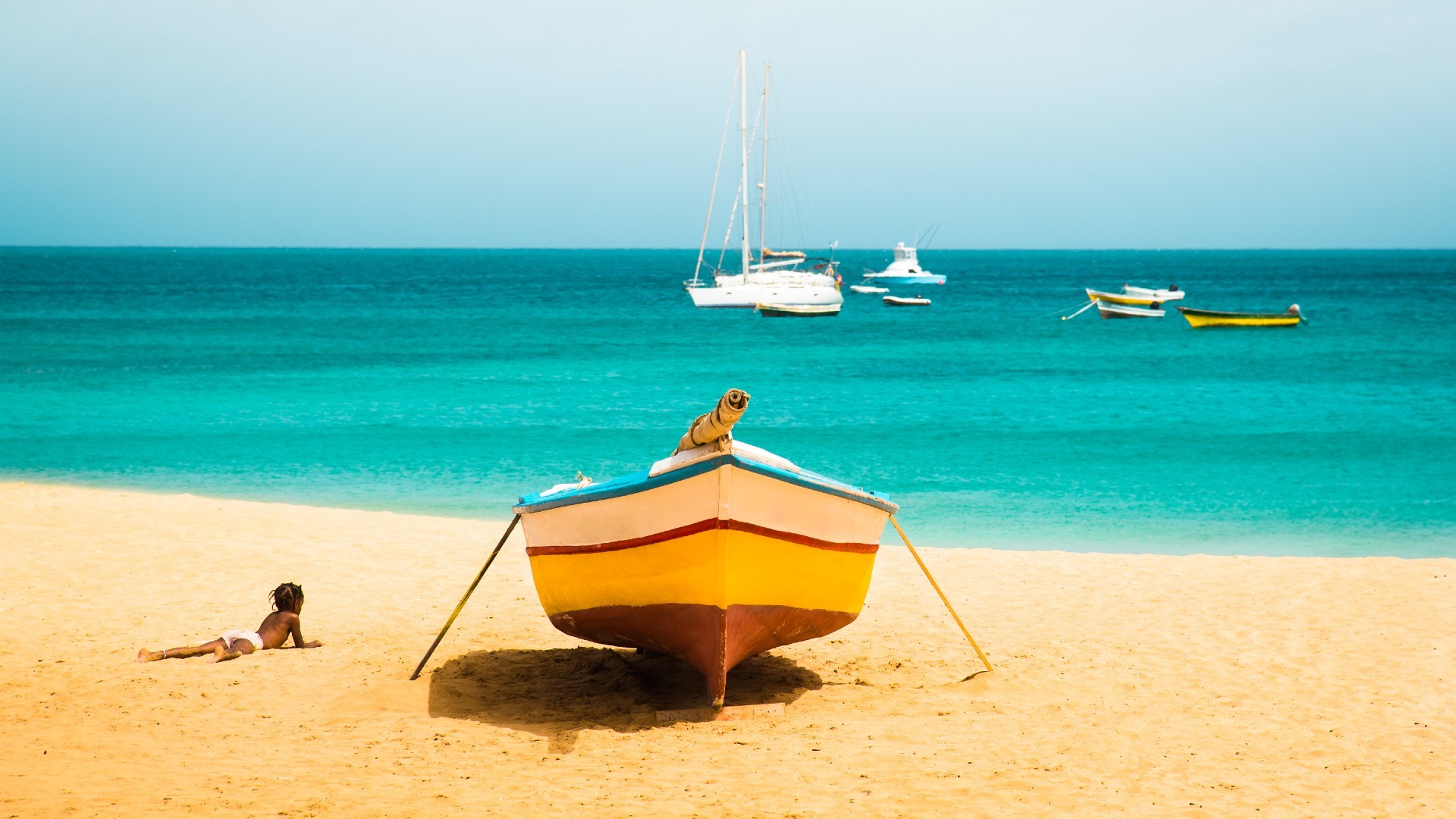Macaronesian islands: the lucky paradise
This month we propose a well-known but equally enjoyable destination: the Macaronesian Islands. A visit to the 'lucky archipelago', made up of the Azores, the Canary Islands, Cape Verde, Madeira and the Wild Islands.
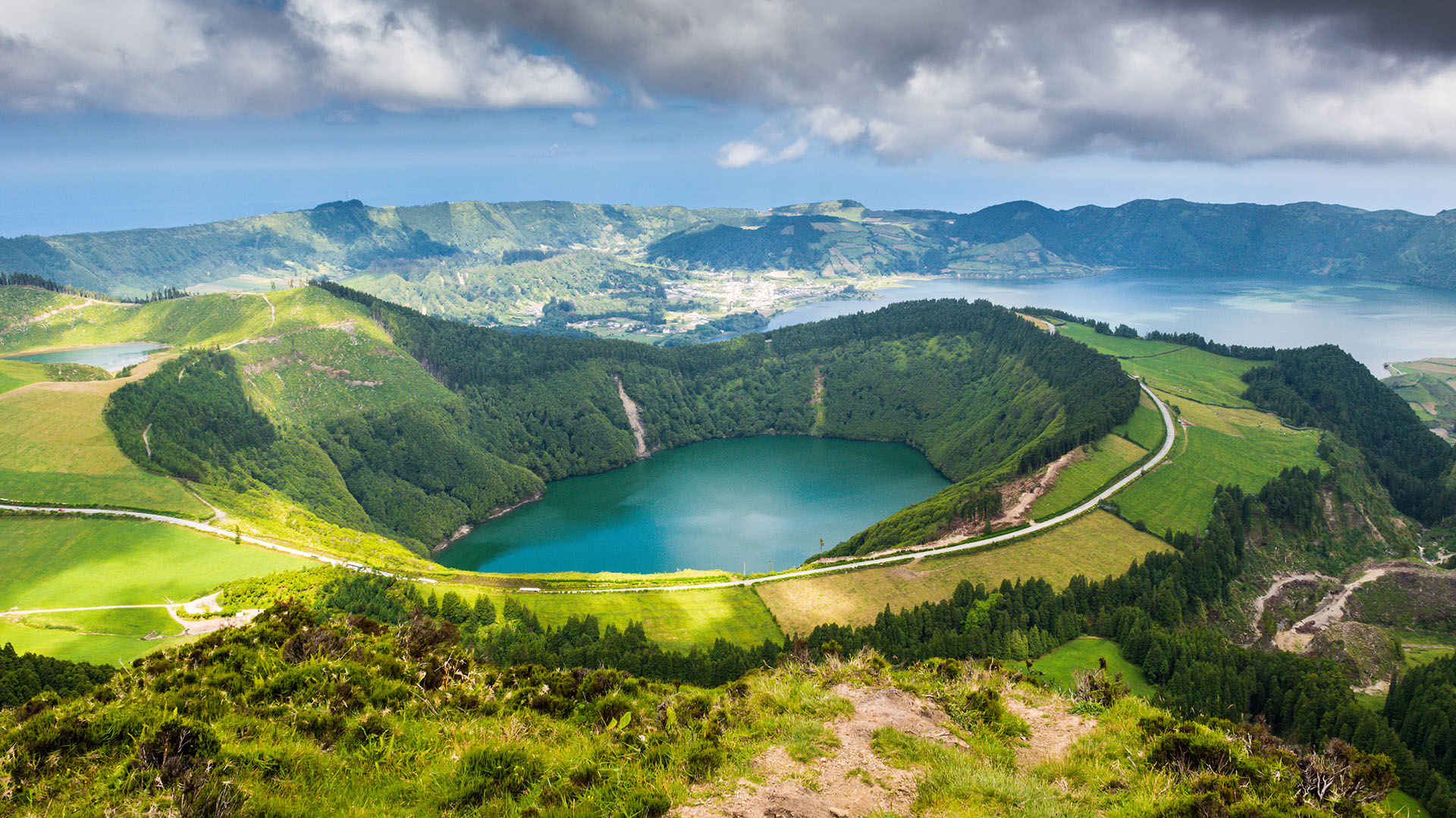
We are not discovering anything if we talk about islands as well known as the Azores or the Canary Islands, but surely you did not know that these archipelagos are part of an even larger group: Macaronesia. This evocative name comes from the union of the Greek words makarios (happy, fortunate) and nesos (islands), which is why they are popularly known as the Fortunate Islands.
To pay tribute to this name, this month we would like to propose a pleasure trip with a stopover at several key points within the 28 islands that make up Macaronesia. A journey where you can rest your soul, go whale watching or enjoy the most avant-garde gastronomy.
Whales in the Atlantic
The first activity we suggest is whale and dolphin watching in the Azores. The best place to do this is on the island of San Miguel, the largest and most populated island of this archipelago and the nerve centre of tourism in the area.
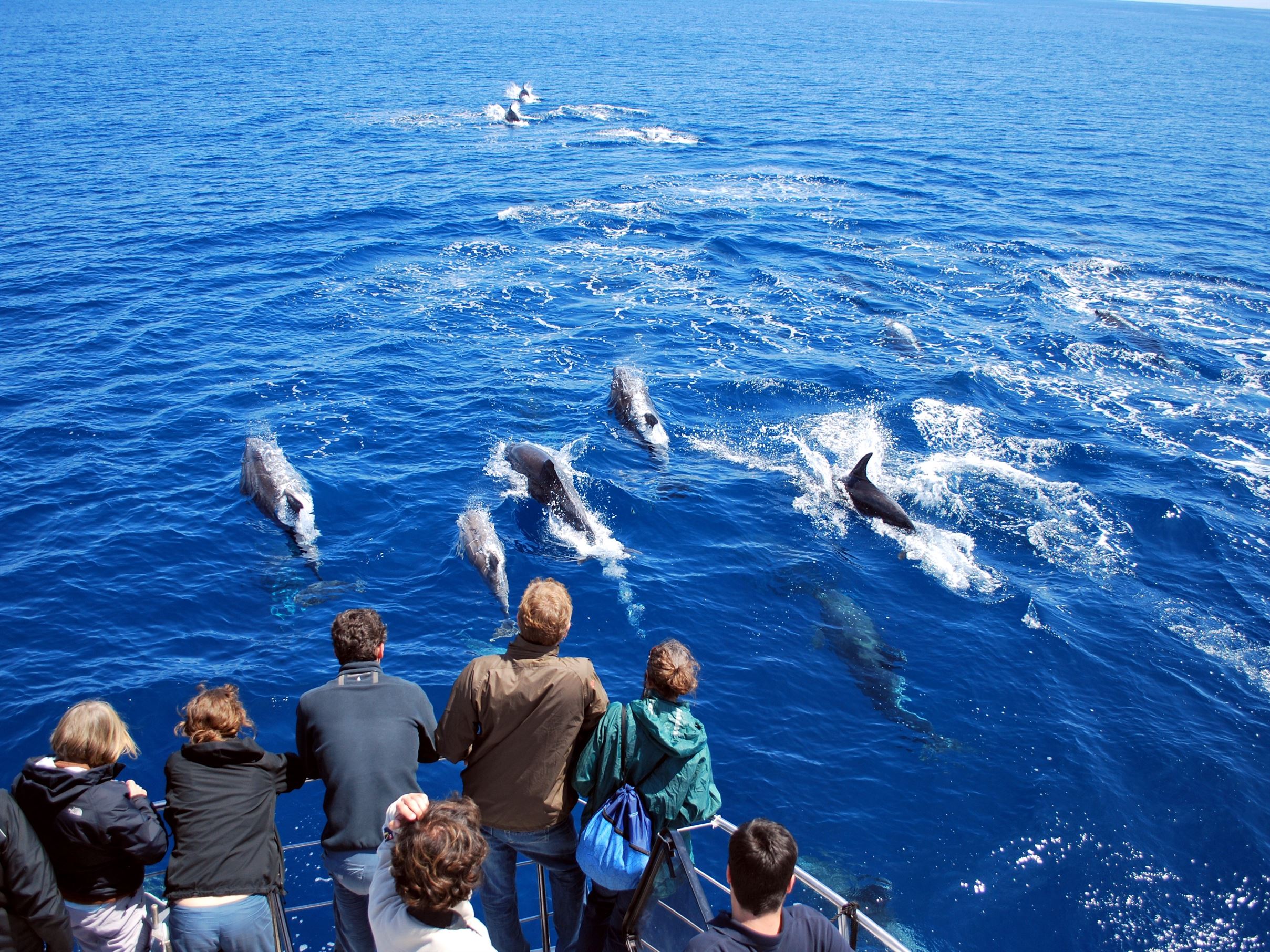
Whale watching is one of the most popular activities in the Macaronesian Islands and an unforgettable experience for any nature lover. The majesty of these giant marine animals in the wild is an experience that will be forever etched in your memory.
The perfect time to do it is from April to October. During these months is when the different species make their migratory journeys, so it is much more likely to be able to observe them in the wild. As the Azores tourism department explains, “April and May are usually a good time to have the opportunity to see the larger whales, such as blue whales, while October can be a good time to spot humpbacks”.
The guided tours consist of a boat trip lasting approximately 3 hours and have morning and afternoon shifts departing from São Miguel and other islands such as Santa Maria, Pico, Terceira, Graciosa, São Jorge, Faial, Flores and Corvo. You can also dare to swim with dolphins, another activity that will allow you to get to know these fascinating mammals.
Atypical excursions
Getting to the Azores is easy, as there are direct flights from Madrid in summer. The hard part is wanting to leave once you arrive. And this destination offers many other plans for enjoying your free time. Apart from whale watching, you can enjoy a visit to Lagoa do Fogo, which offers stunning views and a natural landscape full of vegetation.
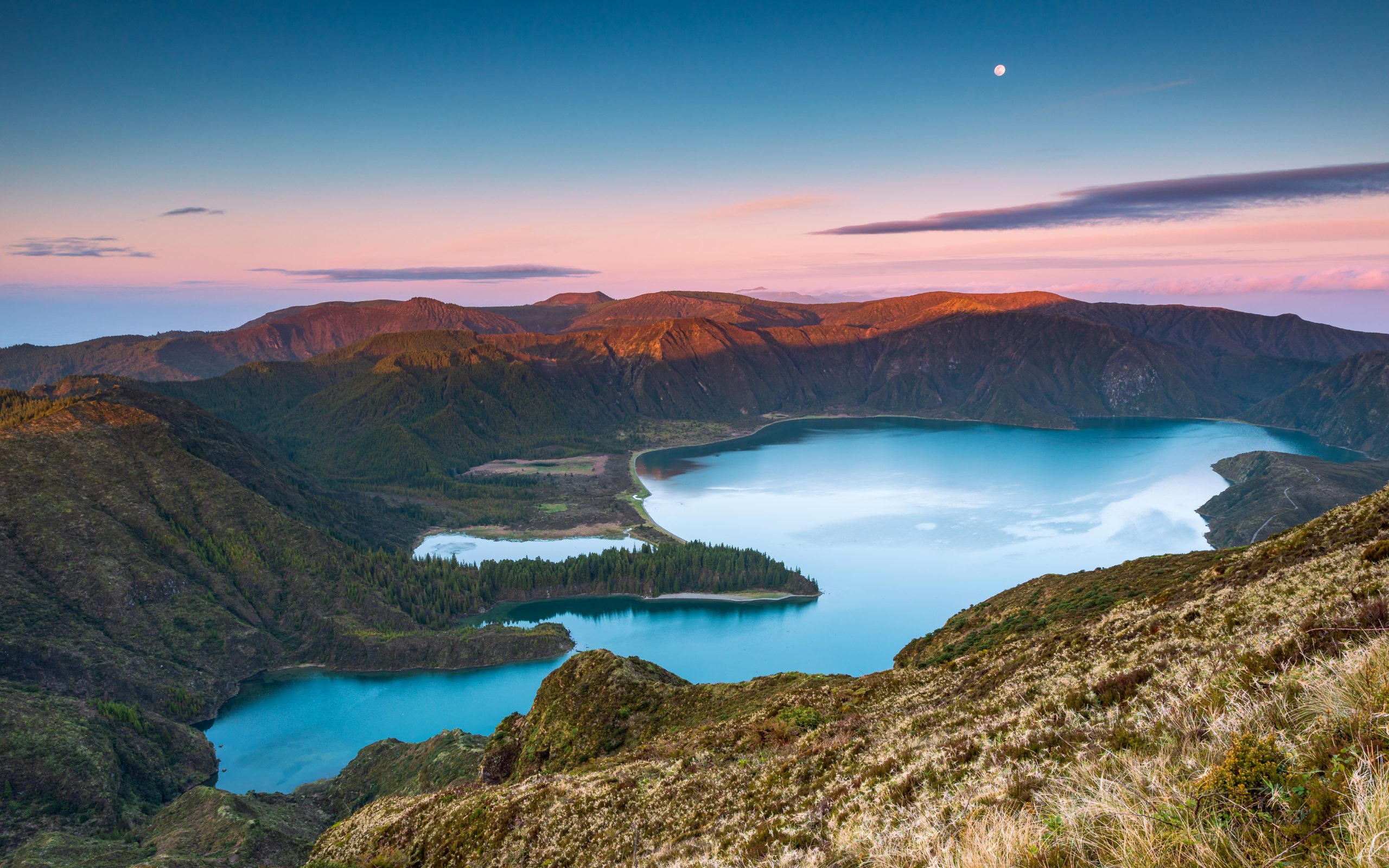
To visit it, we recommend the route of the viewpoints. A pilgrimage through several of the highest points in the area, which offer an idyllic view of this lake, located in the crater of the Água de Pau volcano. A magical place, located in the centre of São Miguel, it also offers the possibility of spotting birds from the European and American continents.
If you are up for a tour of the islands, other highlights include the islands known as the Central Group, which includes the islands of Terceira, São Jorge, Pico, Faial and Graciosa. A constellation that is harmoniously arranged over the blue sea.
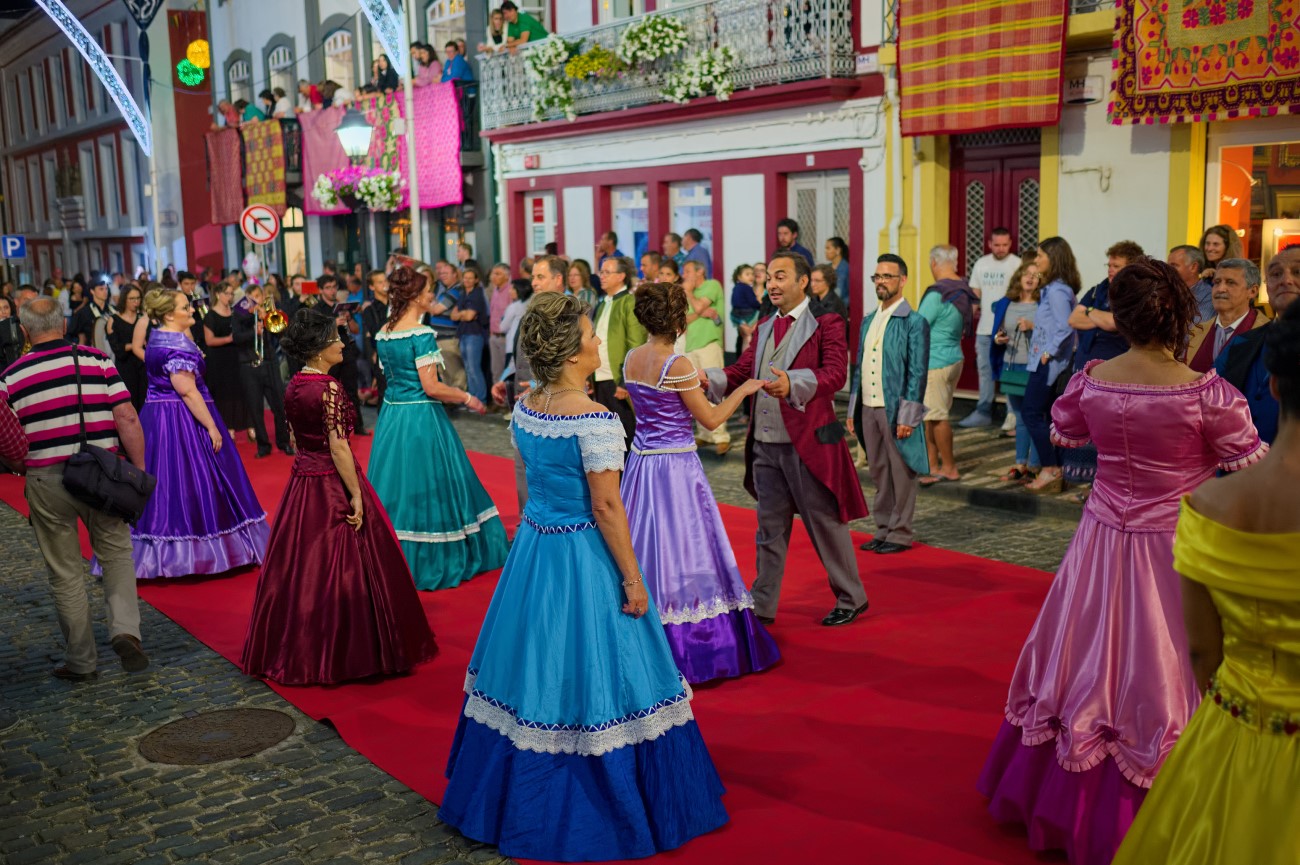
Special mention should be made of the Terceira festivities, which take over the streets of Angra do Heroísmo for ten days in June. A celebration in which the town comes alive, with a multitude of processions, musical concerts and bullfights, culminating in the traditional parade of popular marches on the night of São João (St. John).
Staying in São Miguel
Staying in São Miguel is also part of the experience. There are many tourist accommodations on the island, but none like the Damião family’s Finca. This former pineapple plantation, located near Ponta Delgada, offers one of the best panoramic views of the city and even the island.
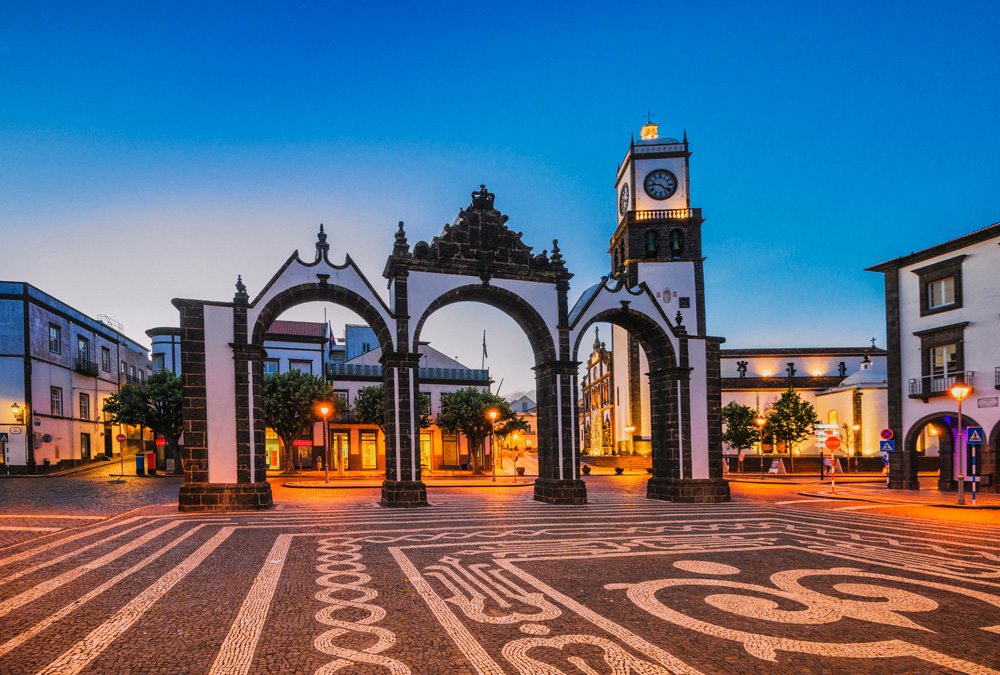
Built on top of an 18th century defensive tower, this glass box welcomes you with its breathtaking 360 degree views, from where you can see the sea, the plantations as well as nearby mountains and traditional buildings of the area. It is well worth the effort to climb each of the volcanic stone steps leading up to the flat.
The Canary Islands: Macaronesia close by
Along with the Azores, the best-known islands of Macaronesia are the Canaries. Any one of them may surprise you, but in this particular case we have chosen Tenerife as a tourist destination. An island with a unique climate, where the trade winds embrace each other to allow the cultivation of vineyards and the only coffee plantation in Europe.
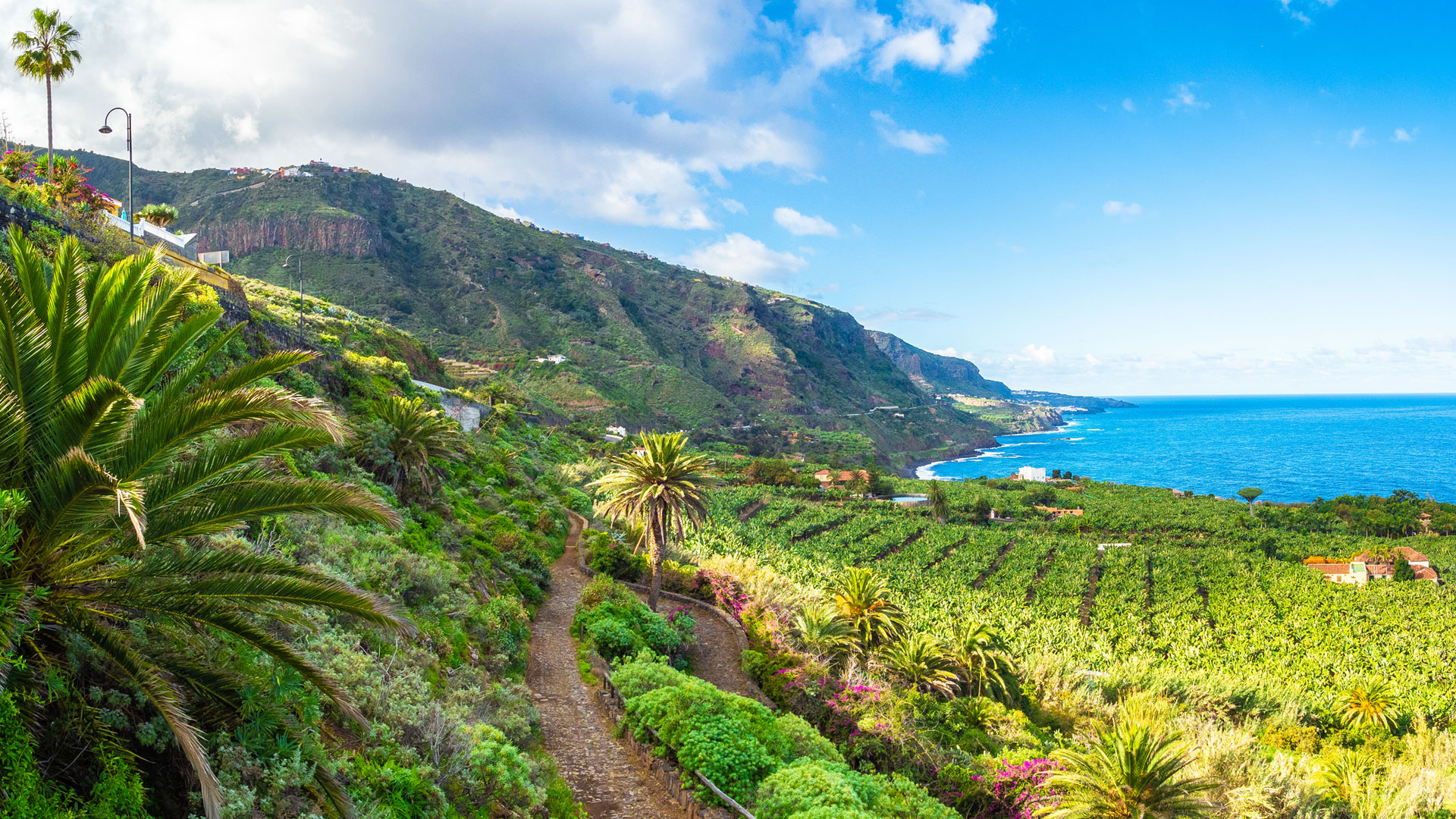
Perhaps because of this, the island of Tenerife has become one of the most popular destinations in the Macaronesian Islands, known for its beautiful beaches, rich culture and delicious gastronomy. Tenerife is an island that can be visited at any time of the year, and offers a variety of plans and activities to do in both high and low season.
In high season, the warm and sunny climate invites you to enjoy its beautiful beaches and the sea. Las Teresitas beach, on the north coast of the island, is one of the most popular with tourists, with its golden sand and crystal clear waters. Other beaches such as Los Cristianos beach or La Caleta beach are also very popular and offer a wide range of water activities such as diving, windsurfing or kitesurfing.
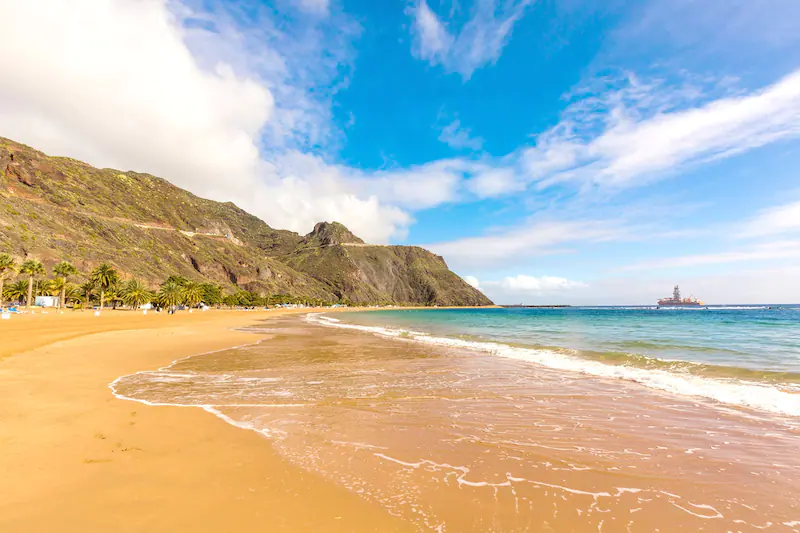
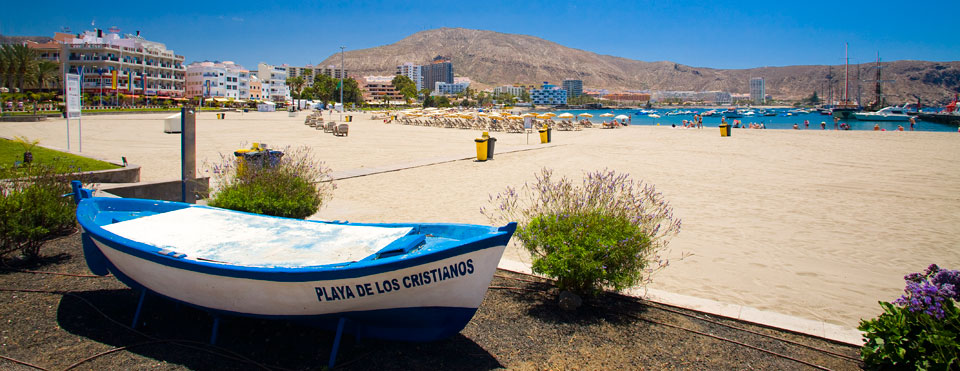
In the low season, the island offers a variety of cultural and tourist activities. Its capital, Santa Cruz de Tenerife, has a rich history and culture, and its historic quarter is an excellent example of Spanish colonial architecture. The Cathedral of San Cristóbal de La Laguna and the Tenerife Auditorium are two of the city’s most outstanding cultural attractions.
In addition, the island has a large number of shops and markets where you can buy local crafts and typical products of the island. The Mercado de Nuestra Señora de África is one of the most popular, offering a wide variety of fresh fruit and vegetables, as well as stalls selling local produce such as cheese, honey and wine. There are also a large number of souvenir shops where you can buy typical island products such as Canarian fashion clothing or local handicrafts.
Another popular activity in Tenerife is excursions and guided tours to the island’s highlights. The Teide National Park is one of the most visited places, with its impressive volcanic landscape and the majestic peak of Teide. A visit to the historic town of La Orotava is another recommended activity, with its impressive colonial architecture and beautiful gardens.
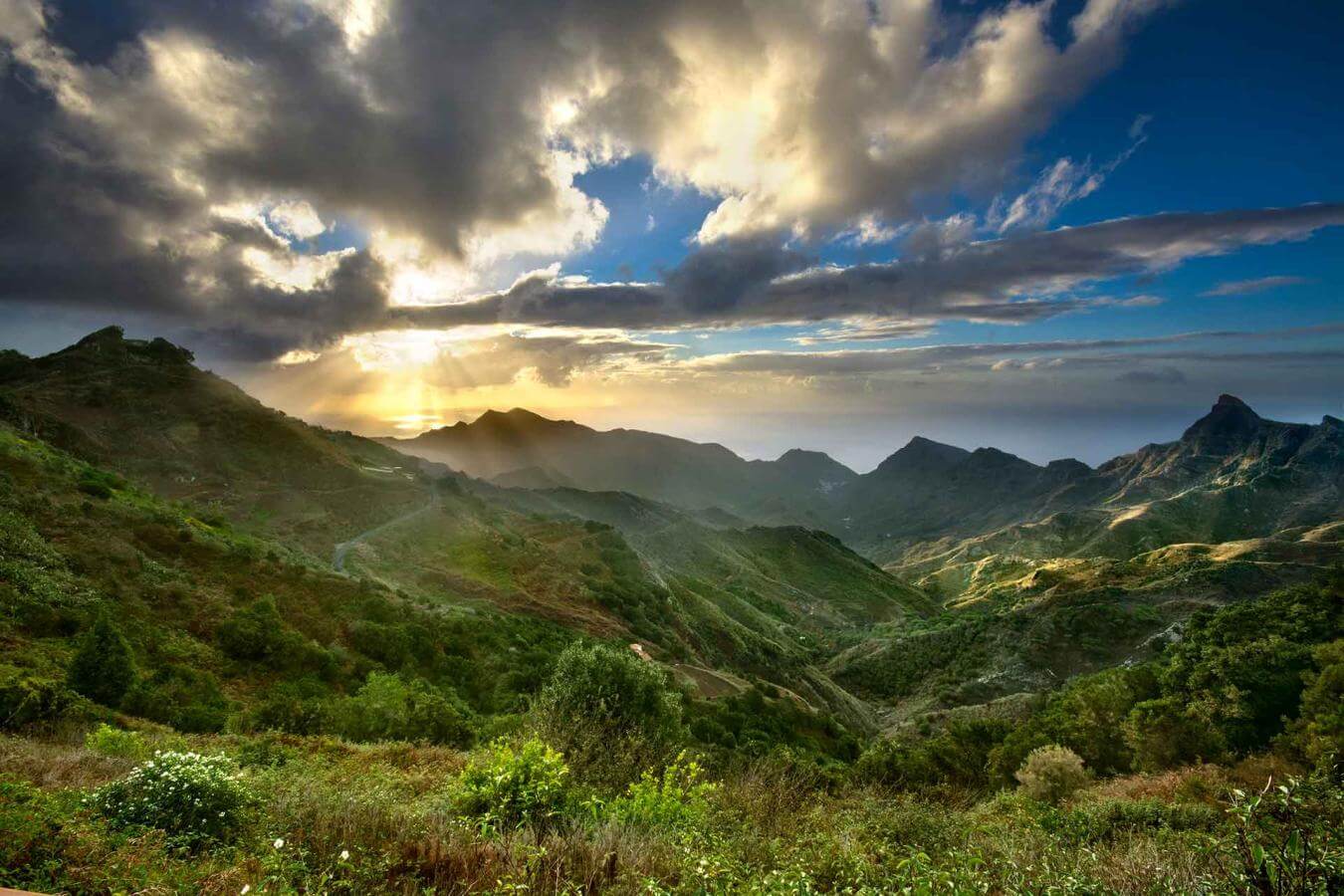
For nature lovers, a trip to the Barranco del Infierno can be an unforgettable experience, thanks to its impressive mountain scenery and spectacular waterfalls. The Anaga Integral Nature Reserve is another must for its beautiful laurel forests.
Starred gastronomy
In terms of gastronomy, both in San Miguel Azores and in Tenerife North, there is a wide variety of restaurants and typical dishes that are not to be missed. In San Miguel, fish broth is one of the delicacies not to be missed, as well as Galician-style octopus and noodle soup with clams. There are also plenty of restaurants serving fresh seafood and freshly caught fish.
In Tenerife, the most emblematic dish is the famous “mojo”, a spicy sauce served with wrinkled potatoes. In addition, there are a large number of restaurants serving fresh seafood dishes, such as grilled octopus, tuna with onions and prawns with garlic.
Proof of this are the 9 Michelin-starred restaurants on the island.
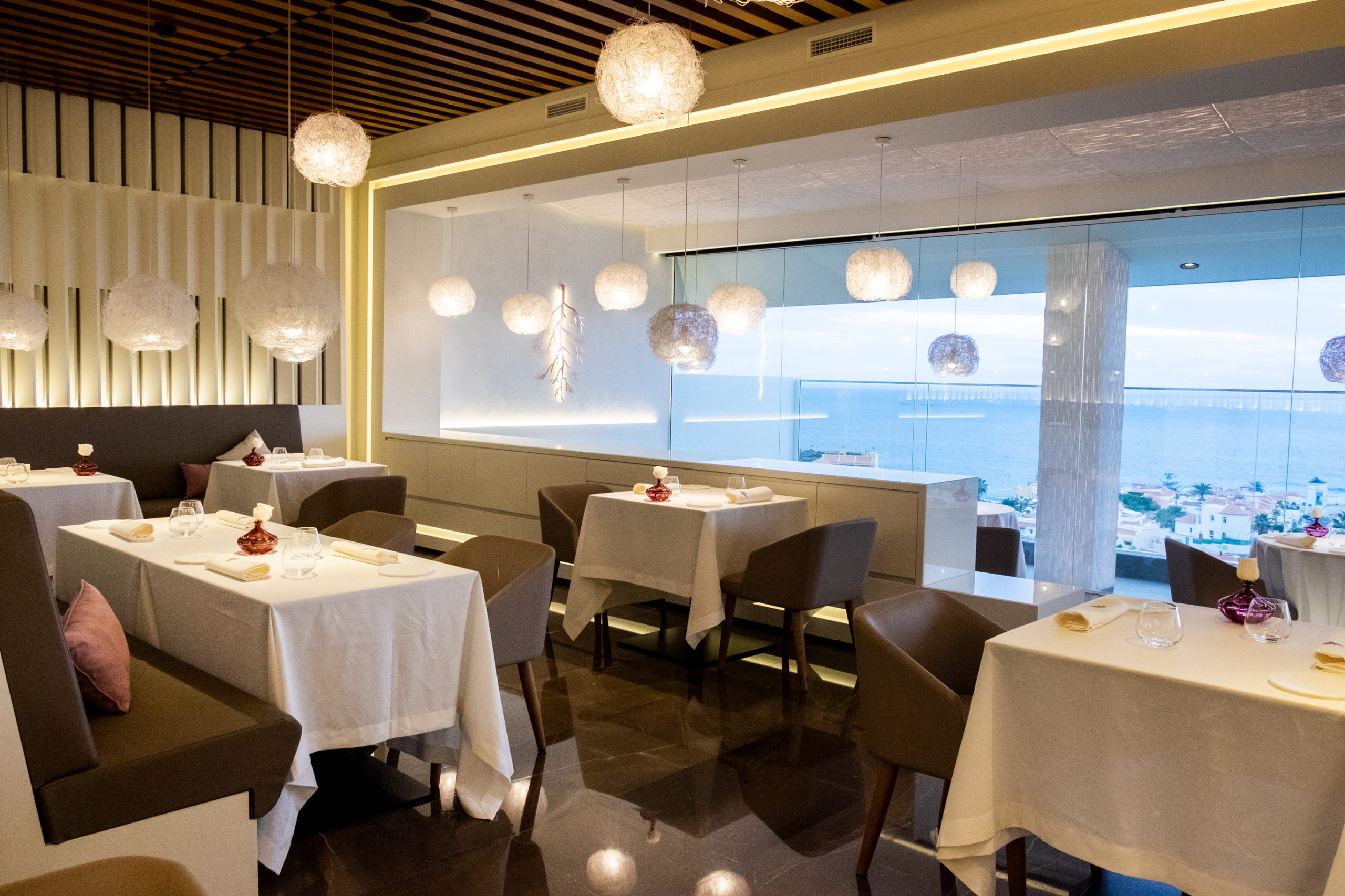
Among them, El Rincón de Juan Carlos, located in Los Gigantes, stands out. A small, cosy restaurant with two Michelin stars where its chef, Juan Carlos Padrón, uses fresh, high-quality local ingredients to create signature dishes that play with textures, colours and flavours. The tasting menu is an unforgettable experience that combines traditional island flavours with culinary innovation.
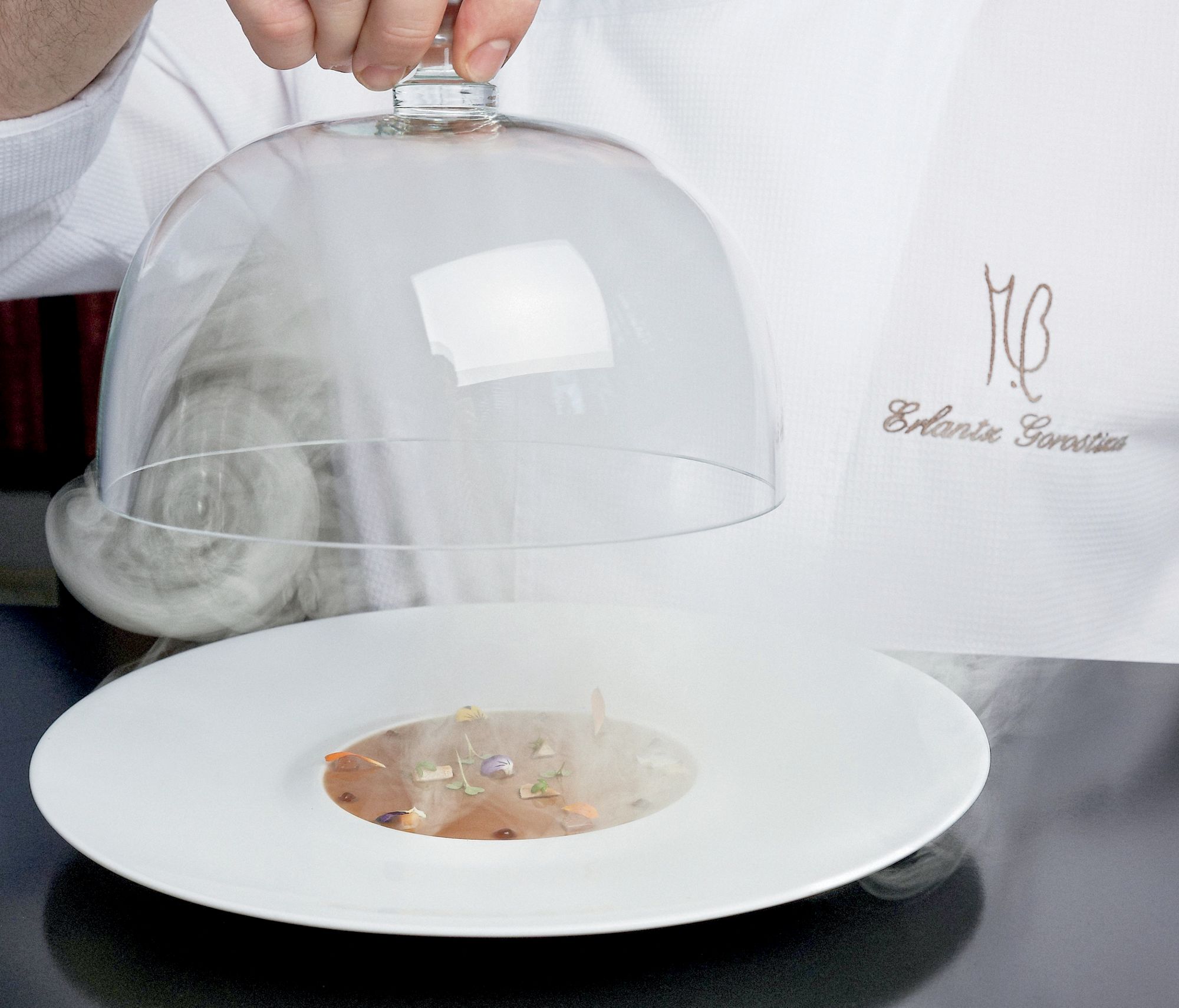
The other great reference is the M.B. restaurant, which is part of The Ritz Carlton Abama complex. A restaurant, also with two stars, headed by the legendary Martín Berasategui, where the elegance and sophistication of the place contrasts with the simplicity and minimalism of its cuisine, reflecting the essence of the Canary Islands.
His speciality is creative dishes that play with textures, colours and flavours, using fresh, high quality local ingredients. The tasting menu is a unique experience of ten dishes, each with an exquisite presentation.
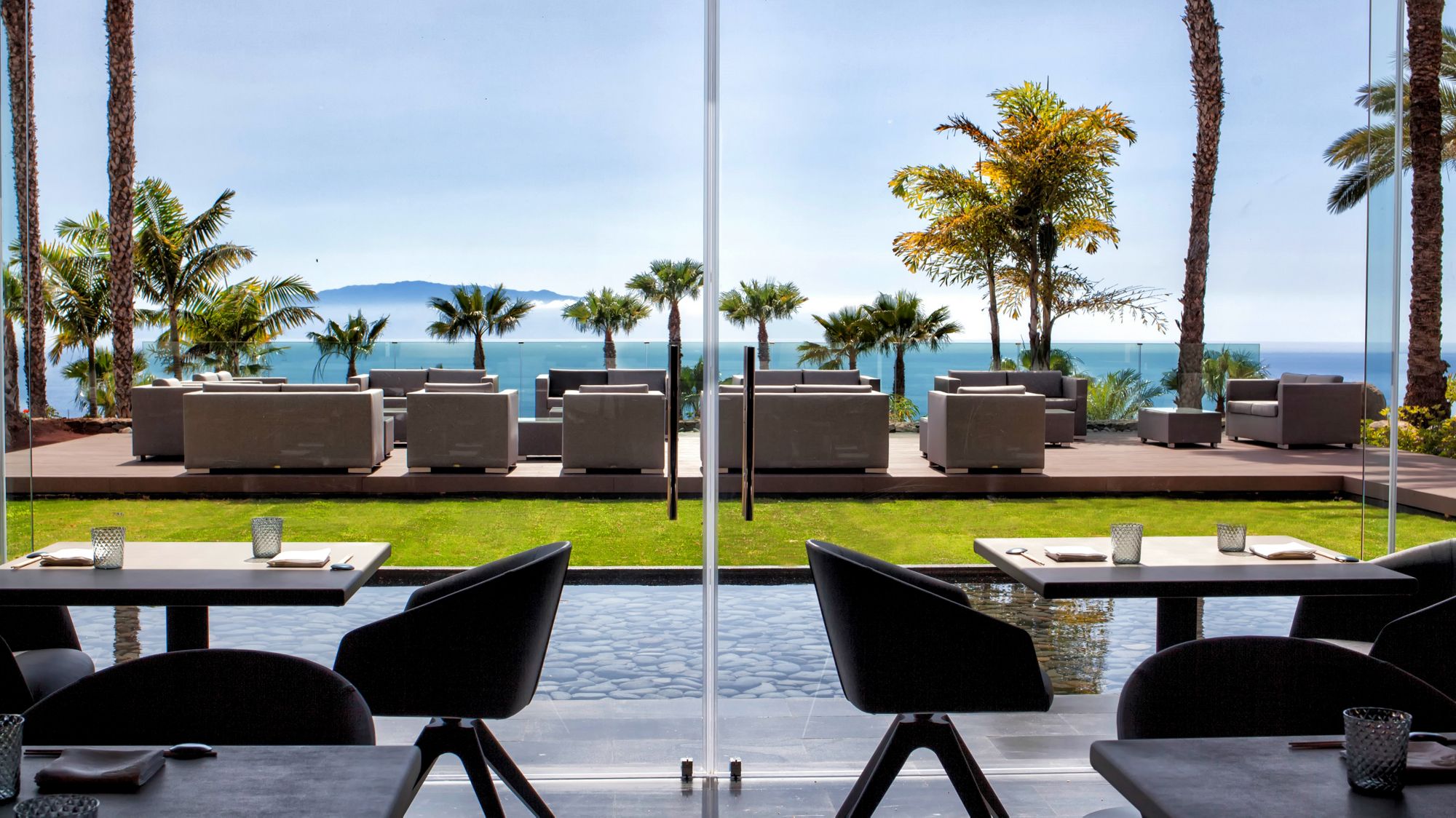
But, as we said, the island’s wide gastronomic offer is home to another seven Michelin-starred restaurants, among which we highlight two: Kabuki and Nub. The former is an old acquaintance of the Spanish capital, located in the luxurious Hotel Bahía del Duque. The restaurant has a modern, minimalist décor, with oriental details that make it elegant and relaxing at the same time. Here, chef Daniel Franco combines Japanese culinary techniques with ingredients from Mediterranean cuisine to create a surprising proposal that you won’t find anywhere else on the island.
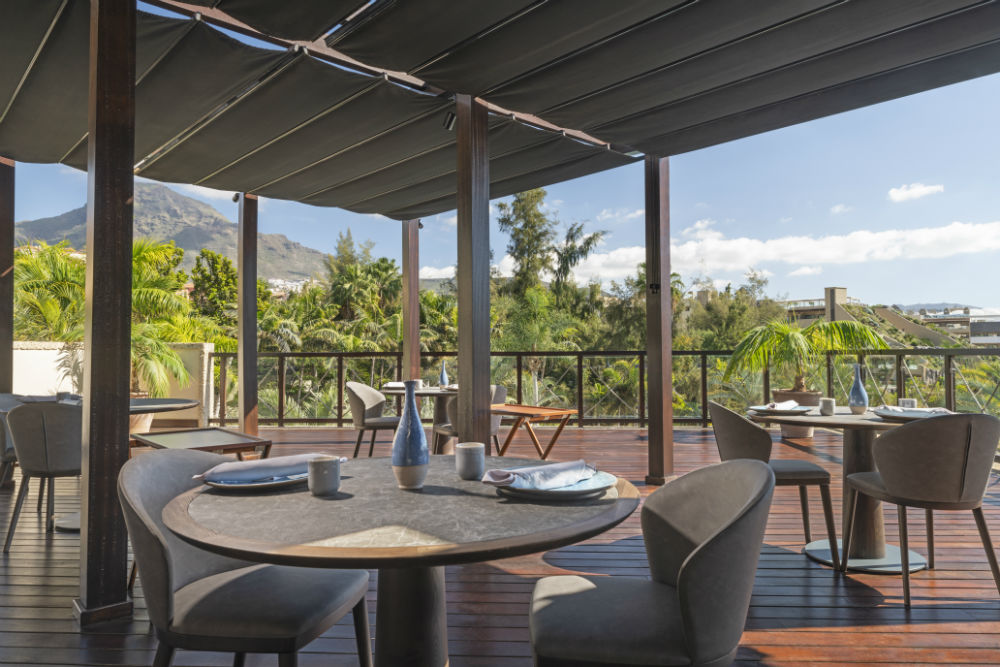
Nub offers creative, high quality cuisine in La Laguna. The historic building that houses the restaurant has been restored and adapted to become a modern and elegant space, with architectural details that reflect its history.
Editor: Juan Antonio Marín.
